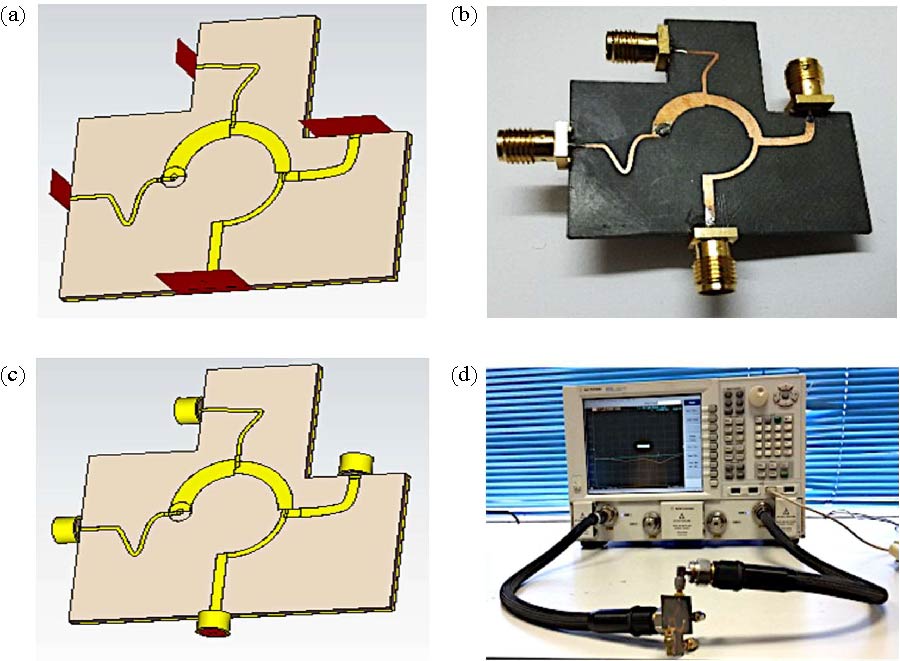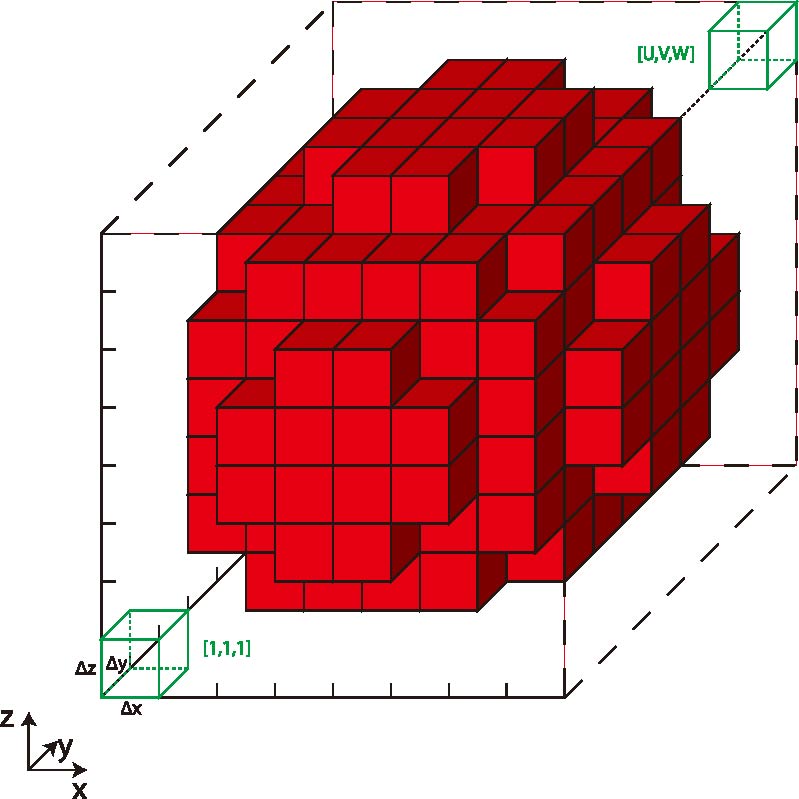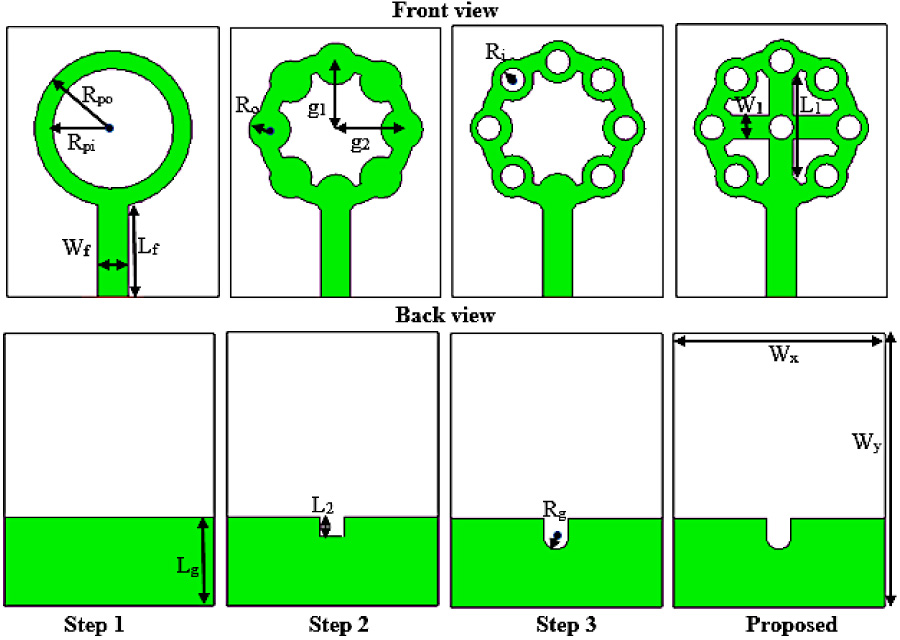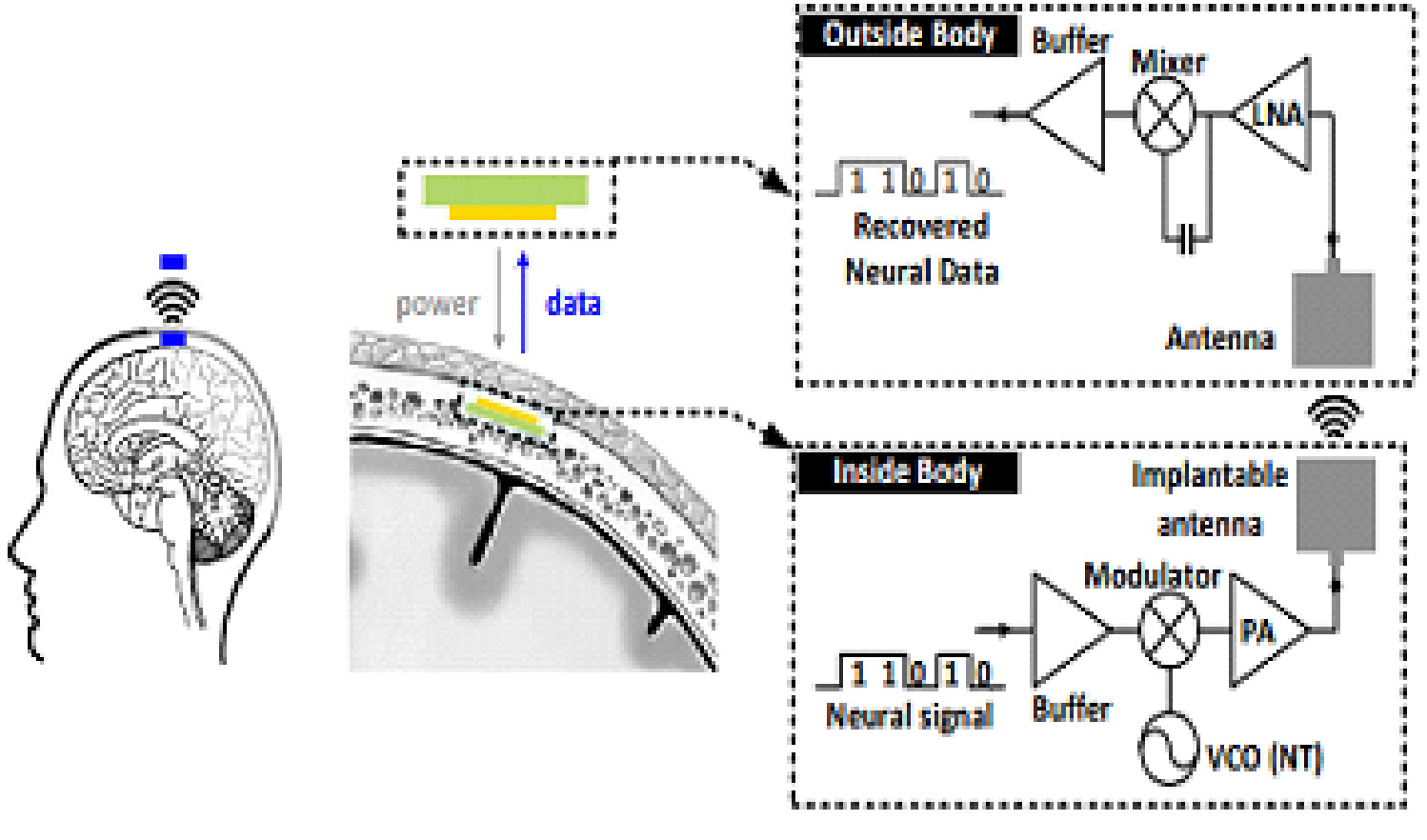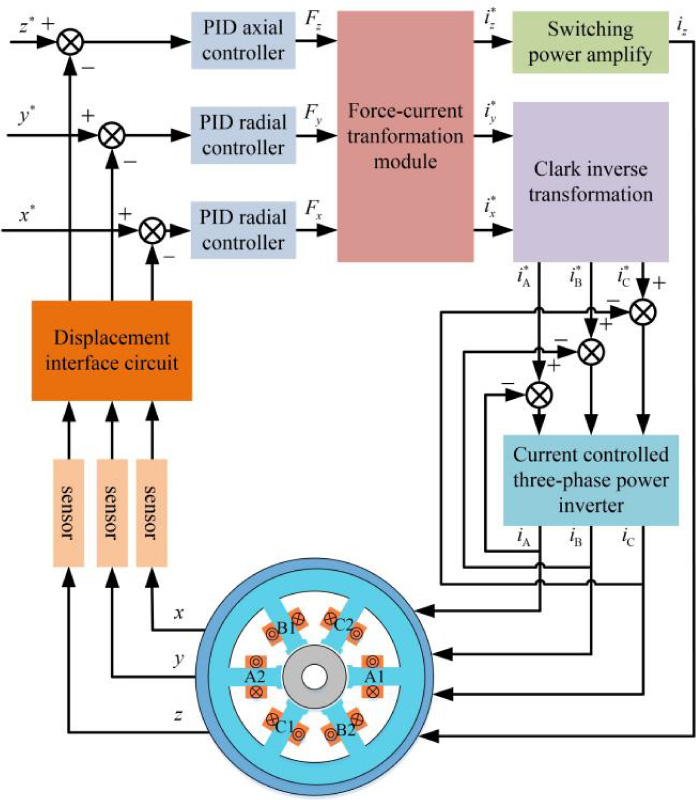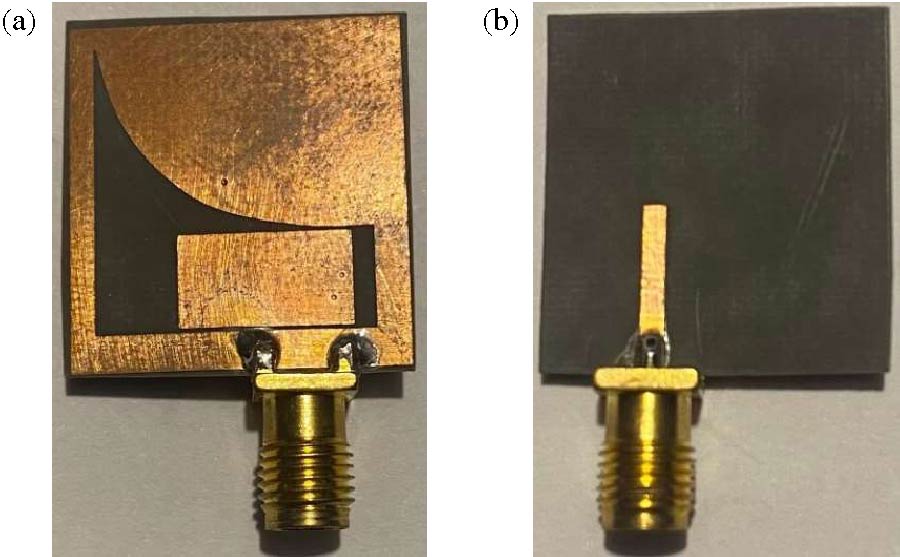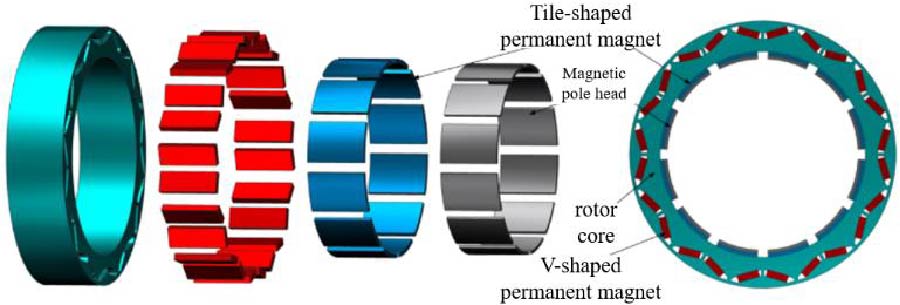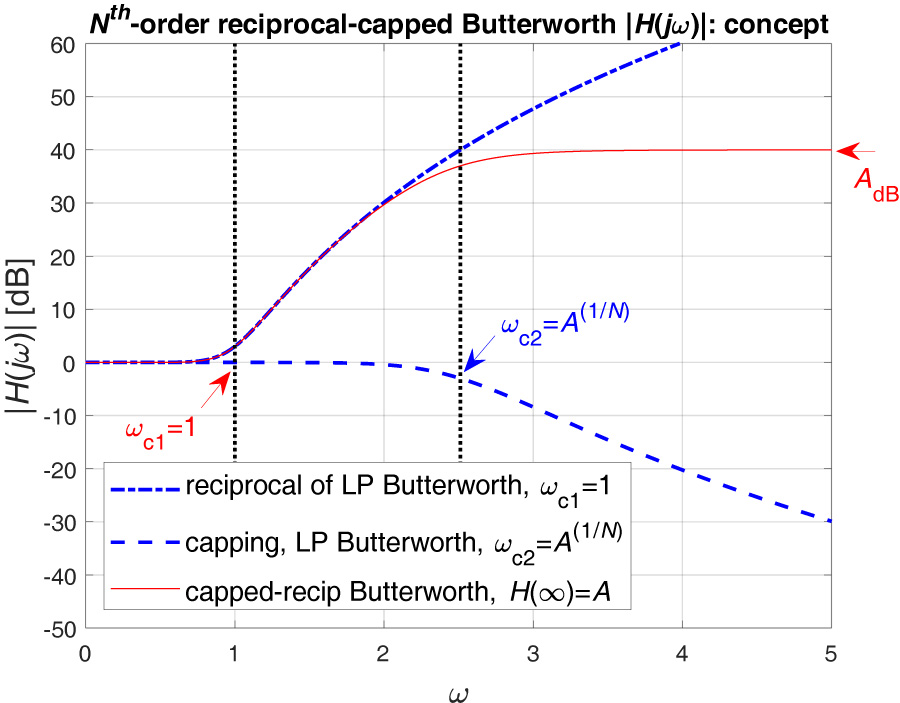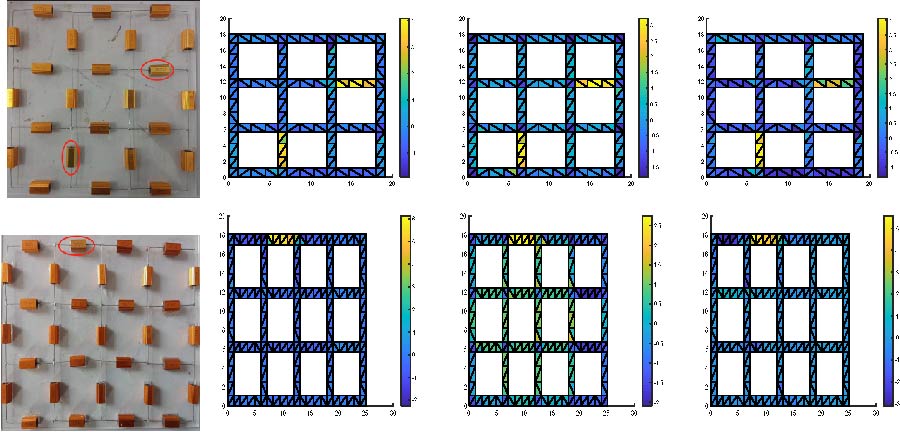Biomedical Telemetry Antenna Innovations: Progress, Uses, and Prospects for the Future
Vivek Gupta and
Rajeev Kumar
Biomedical telemetry is, therefore, significant considering it facilitates prompt telecommunication as well as tracking of medical devices between centralized systems and patients. The availability and quality of communication of information are determined by the performance and selection of the telemetry antenna. This article analyzes the current state of BMA technology, aiming to extend the communication range and transmission speed of the data. The research article intends to contribute to the development of wireless technology. A plethora of antenna sizes are tackled from wearable to insertable antennas in addition to the improvements in materials and fabrication methods. The present review paper puts the thesis on only a few of the numerous biomedical telemetry antenna applications in healthcare, and these are the Internet of Medical Things (IoMT) and remote patient monitoring applications. it discusses case studies where better antennas had led to the creation of new therapeutic strategies, and diagnostic capacities, and had overall improved the quality of services. Therefore, the architectural problems of the existing designs are scrutinized, and this gives the other research areas the chance to be explored. A biological telemetry antenna is set to be the mobile edge computing solution that combines artificial intelligence, a 5G network, and edge computing. It also improves capital effectiveness over the transition period. Presentation makes it evident, why antennas are the essential component of the connected healthcare system and how antennas might redefine individualized care and the healthcare ecosystem. In conclusion, this research provides an extensive overview of the developments, uses, and future directions of biomedical telemetry antenna technology. It is an invaluable resource for academics, engineers, and medical professionals who seek to understand more about the evolving nature of this crucial component of modern healthcare systems.
